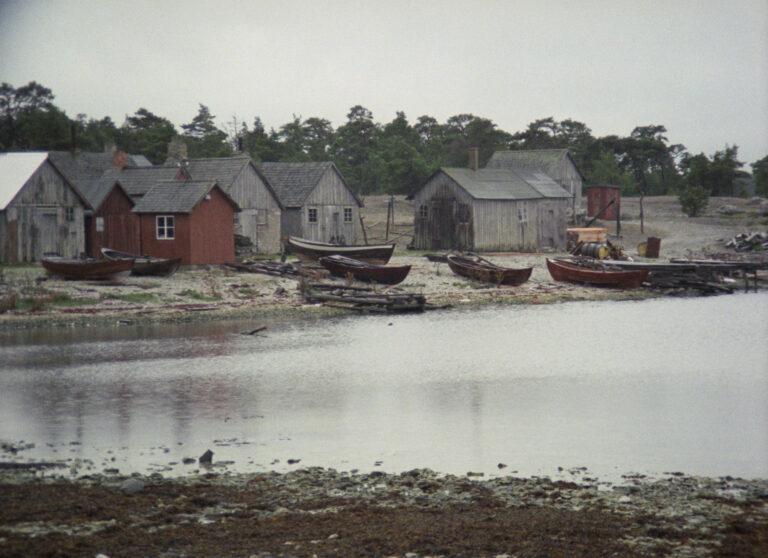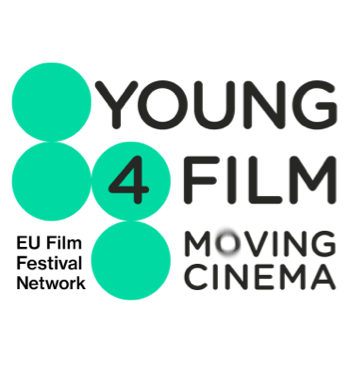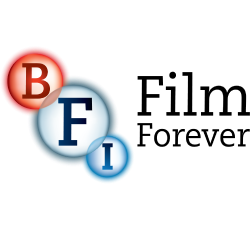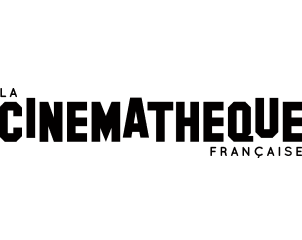Moving Cinema
Young Programmers Bring Ingmar Bergman's Documentary to Kino Otok 2023

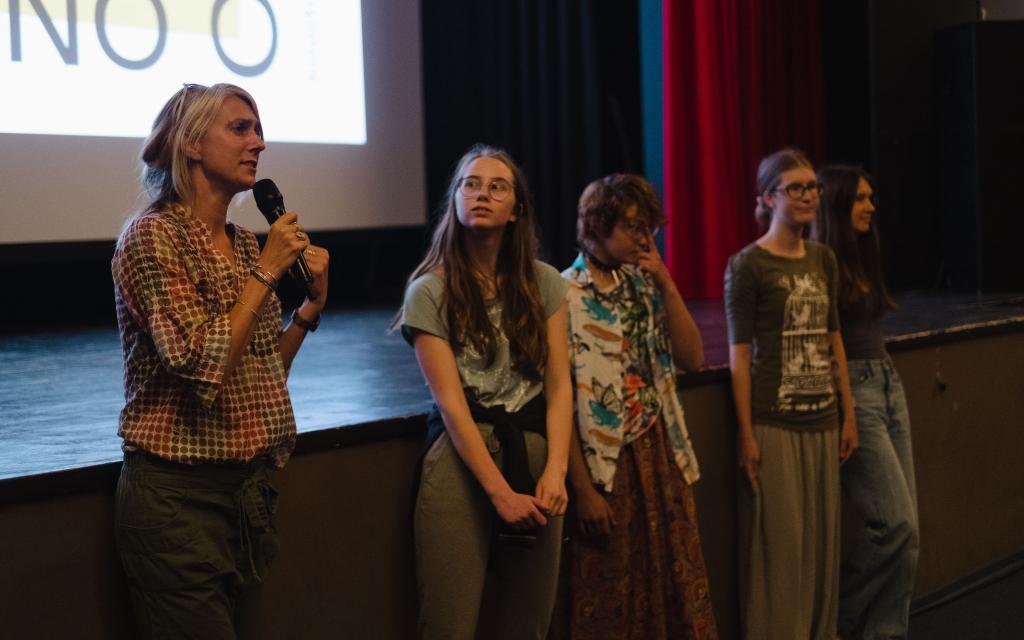

Young High school Programmers watched five preselected films, which were screened in partnership with Slovenian Cinematheque in Ljubljana, and had debates about each of them with the mentors. They selected Fårö Document by Ingmar Bergman (Sweden, 1970, 58'), which was screened during the 19th Kino Otok - Isola Cinema international film festival in Izola. They presented the film before the screening, wrote catalogue text and created several film posters by themselves. Additionaly, they had filmmaking workshop and created their own short film My Island from the footage in their home towns, inspired by Bergman's documentary about his beloved island.
Text by: Klara Lombar, Tadeja Vodnik
The year is 1969; we are on the small Swedish island of Fårö in the middle of the Baltic Sea. Because of its poor connections with the mainland and the neighboring island of Gotland, we feel quite alienated and isolated from the rest of the world. Ingmar Bergman takes us into the rhythm of the countryside and into the hearts of the people. We find ourselves among a small crowd of hard-working, hopeful islanders who share their stories with us. We can see their concerns, tenacity and hope for a better tomorrow.
We travel with Bergman around the island and establish genuine contact with the inhabitants; we give each of them our full attention. Each individual conjures up a new view of the island. We talk to all kinds of people - farmers, fishermen, teachers, watchmakers... All residents are strongly connected to nature. They depend on sheep farming and fishing. This alone does not guarantee them a promising future, as the state clearly does not care for them. It does not provide enough financial assistance to the farmers, nor does it listen to the urgent requests for construction of
a bridge that would allow Fårö island to develop and connect the people to the modern world. The gradual disappearance of their way of life in this difficult story is shown by the emigration of the young population. They cannot imagine their future on the island. They lack the right infrastructure and employment opportunities.
In this film, Bergman plays with contrasts, switching between black & white and color picture. With black and white, he shows the old island life and stories of the past, while vivid colors and loud modern music illustrate the new mentality of young people. The contrast is also noticeable in showing the slaughter of sheep and death, and later the birth of new animals and a new beginning. Here, the cameraman does not intervene in the action, but rather lets nature do its thing. We notice that nature means a lot to the inhabitants, as it is often captured in the frame.
In the film, we can feel that the inhabitants want to live in prosperity and preserve their home. Bergman wanted to take this story out to the world, because, like all the other islanders, he felt immense love for his home island and it pained him to watch it decay. He addresses the viewer and reminds them of their home. The film appeals to the viewer because they can identify with some of the stories, they can be moved and they sympathize with the inhabitants of the island. Together with Bergman, they embark on a journey around the island of Fårö and thus can experience the life of the islanders first hand. The issues depicted in the film will give them food for thought and new ideas for improvement, which they can also extend to their hometown.
Sessions
Fårö dokument
Materials created by the group of Young Programmers
Immagine

Poster, author Tim Čerin
Immagine
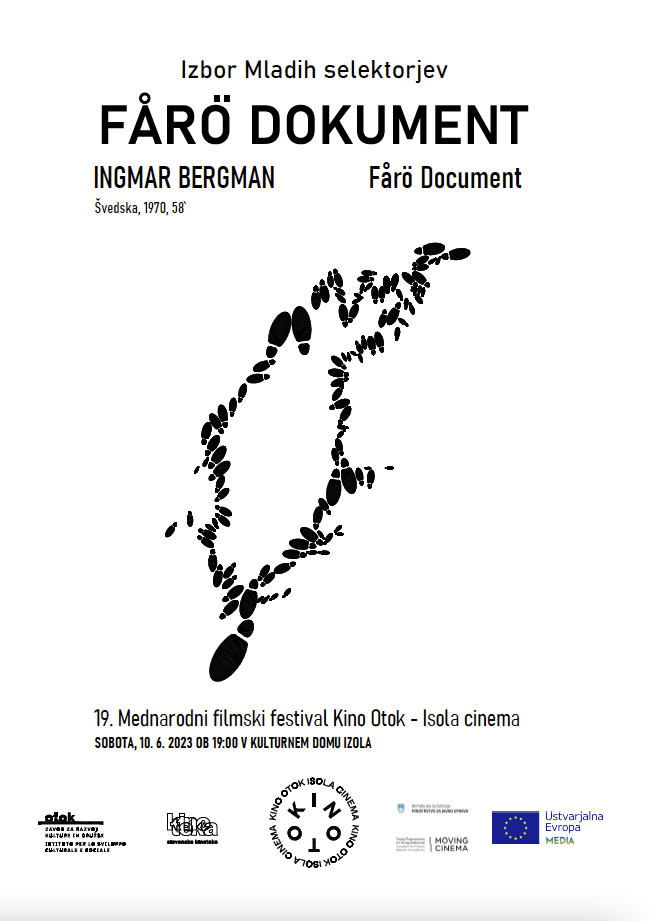
Poster, author Maja Lombar
Immagine

Poster, author Tim Čerin
Immagine

Poster, author Tim Čerin
Moj otok / My Island - a short film by Yung Programmers, inspired by Ingmar Bergman's documentary
